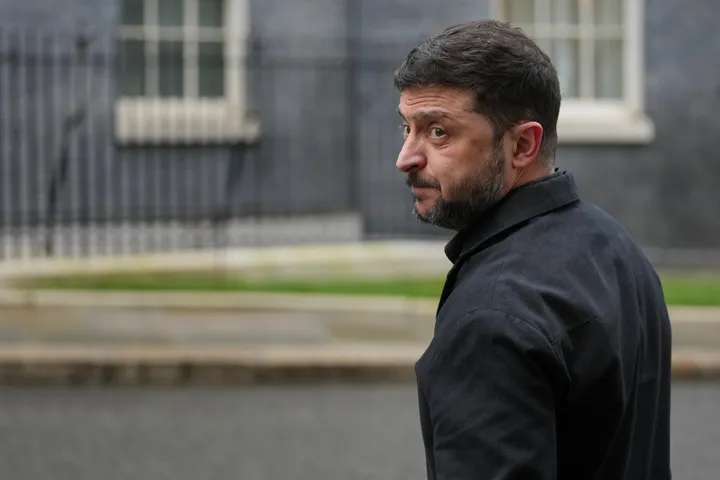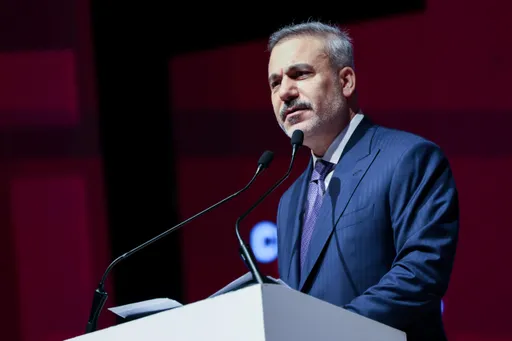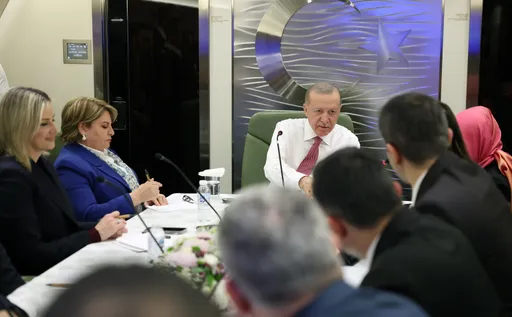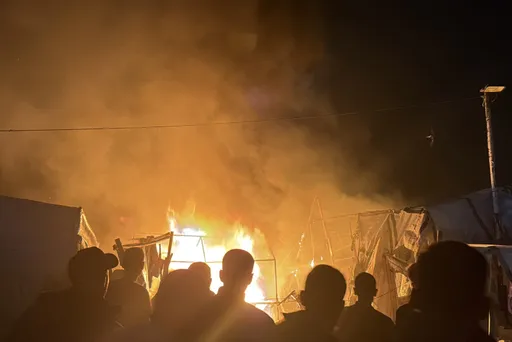My carbon footprint is 14,333 kg of carbon dioxide (CO2) emitted into the atmosphere every year.
Without context, this number may not mean much to most, but probably sounds rather high. By 2019 calculations, this footprint is equal to about the same as someone living in Luxembourg and almost 3.3 times the global average. With this context, you now know that I am contributing to climate change at a disproportionately higher rate than the vast majority of people in the world.
Over one-third of my carbon footprint comes from air travel, by far, my largest source of greenhouse gas emissions. The other large contributors include driving, the food I eat (lots of meat) and from my household (air conditioning, lights, and water usage).
If I want to bring my carbon footprint down to the global average, I would have to change almost every facet of my life. This, in short, is why the Paris Agreement and the recently concluded COP26 appear so ineffective to many in addressing the climate emergency - it requires deep-rooted change.
The causes of the climate emergency, CO2 and other greenhouse gases, are embedded in every sector of the modern economy. Eliminating enough CO2 from our global carbon footprint (also referred to as climate change mitigation) to avert climate catastrophe will require us to transform the global economic system away from centuries of fossil fuel-based living to a system that has yet to be invented.
Some developing countries, especially those with considerable fossil fuel reserves, see the climate emergency as one not of their own making, and a crisis that may also prevent them from realising the economic benefits derived from developing some of these lucrative resources. Many of these very same countries are massively exposed to climate change impacts.
The risks posed by climate change are gargantuan, but the solutions are not yet apparent. This lack of clarity in the path forward creates a huge hurdle for a solution-oriented, consensus-based process like the Paris Agreement.
So, the questions must be asked, is this the best approach to tackle the climate emergency and can it lead us to acting fast enough to avert the worst of climate change?
There is a precedent: the Montreal Protocol on Substances that Deplete the Ozone Layer, better known as the Montreal Protocol. This landmark multilateral environmental agreement, adopted in 1987, allowed us to slow and eventually reverse the thinning of the ozone layer that increased the risk of skin cancer, cataracts, and a host of agricultural and economic impacts across the globe.
The Montreal Protocol and the Paris Agreement both address global emissions of gases that result in unwanted impacts on human health and natural ecosystems. Unfortunately, this is where the similarities end.
The Montreal Protocol is an agreement that focuses on the problem - the emissions of Ozone Depleting Substances (ODS). The protocol identifies what countries should not do, when to phase out and phase down ODS, and sets up the Multilateral Fund to provide financial and technical assistance to developing countries.
The Paris Agreement, on the other hand, is solution agnostic, and without a clear pathway or set of equitably applied commitments. This creates a range of solutions, including technological, policy and individual behavior adaptations, that are overwhelming and difficult to navigate within the construct of capitalist societies. With the Paris Agreement, countries were required to submit their plans for climate action, known as Nationally Determined Contributions (NDC) by 2020, with the goal of limiting global warming to “well below 2, preferably to 1.5 degrees Celsius.”
But in its latest report before COP26, UN Climate Change determined that the NDCs submitted by countries “may lead to a temperature rise of about 2.7 degrees Celsius by the end of the century”, missing the Paris Agreement’s preferred target by 1.2 degrees. That is assuming countries will actually meet their commitments.
Additional pledges made in Glasgow during COP26 can reduce the global temperature rise to 2.4 degrees, if these pledges are implemented by 2030. Many countries have also provided Net Zero pledges that may cap warming to 1.8 degrees Celsius.
Net Zero is achieved when a country’s emissions of greenhouse gases are matched by those it removes from the atmosphere. In many cases, a country’s Net Zero pathway remains unclear due to the lack of technological solutions that can offset a growing population’s thirst for energy. India’s 2070 Net Zero pledge is a prime example.
COP26 also exposed divisions between developed and developing countries over the term “loss and damage”, which refers to the harm caused by man-made climate change and who is liable for this loss and damage along with compensation mechanisms. Developing and vulnerable nations have long pushed for “loss and damage”, but developed countries have resisted calls to have proper discussions on the issue.
Climate change negatively impacts human health, economic prosperity and global environmental sustainability. It is an “everything” problem and requires a host of “everything” solutions. These solutions must reverse the increase in atmospheric GHGs and, where that is not possible, adapt to life on a changing planet.
The Paris Agreement has to live up to that challenge. It has to transform into a suit of protocols that break the climate emergency down to a series of smaller, more manageable problems, whose individual resolutions contribute to the solution as a whole.
























